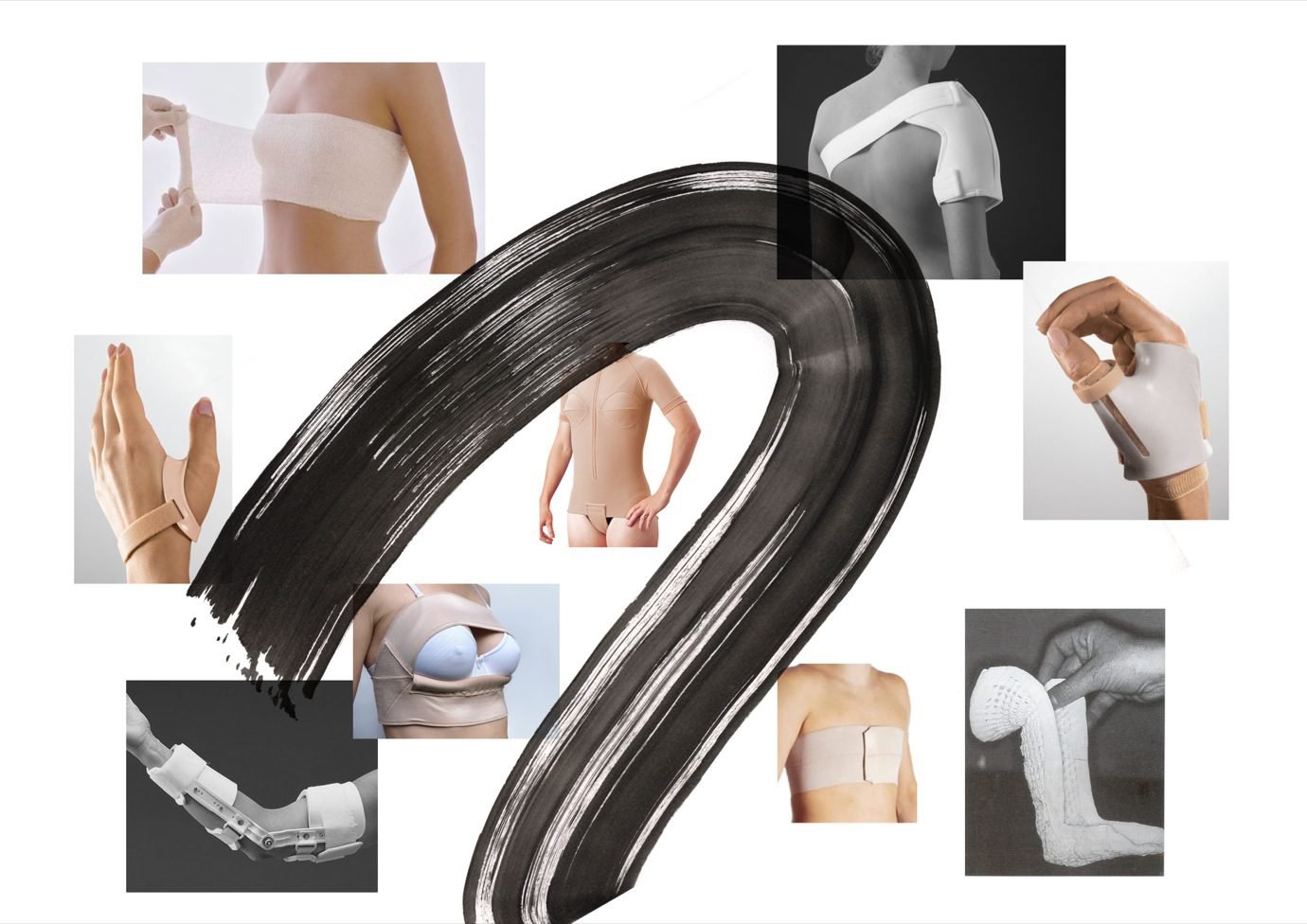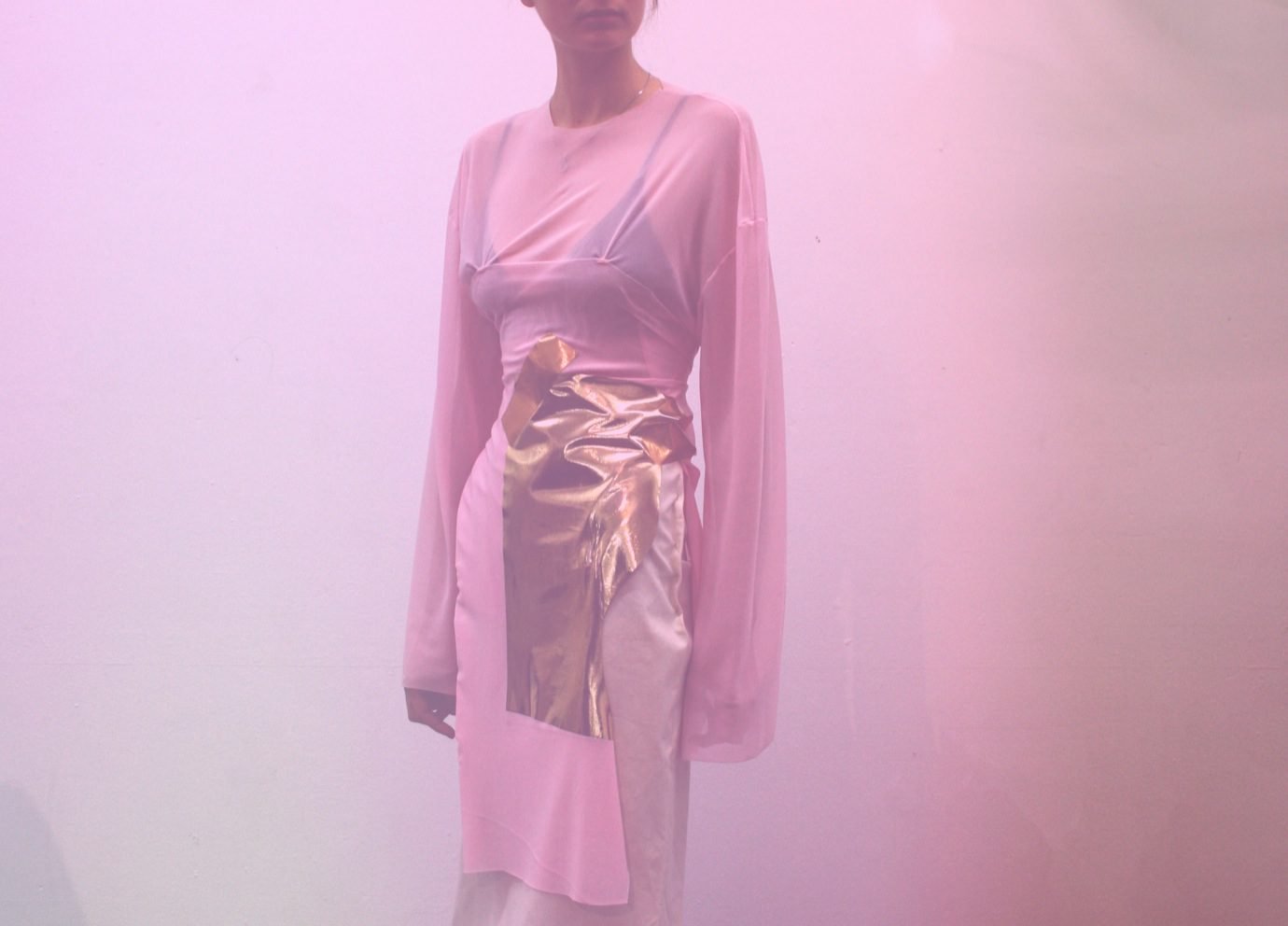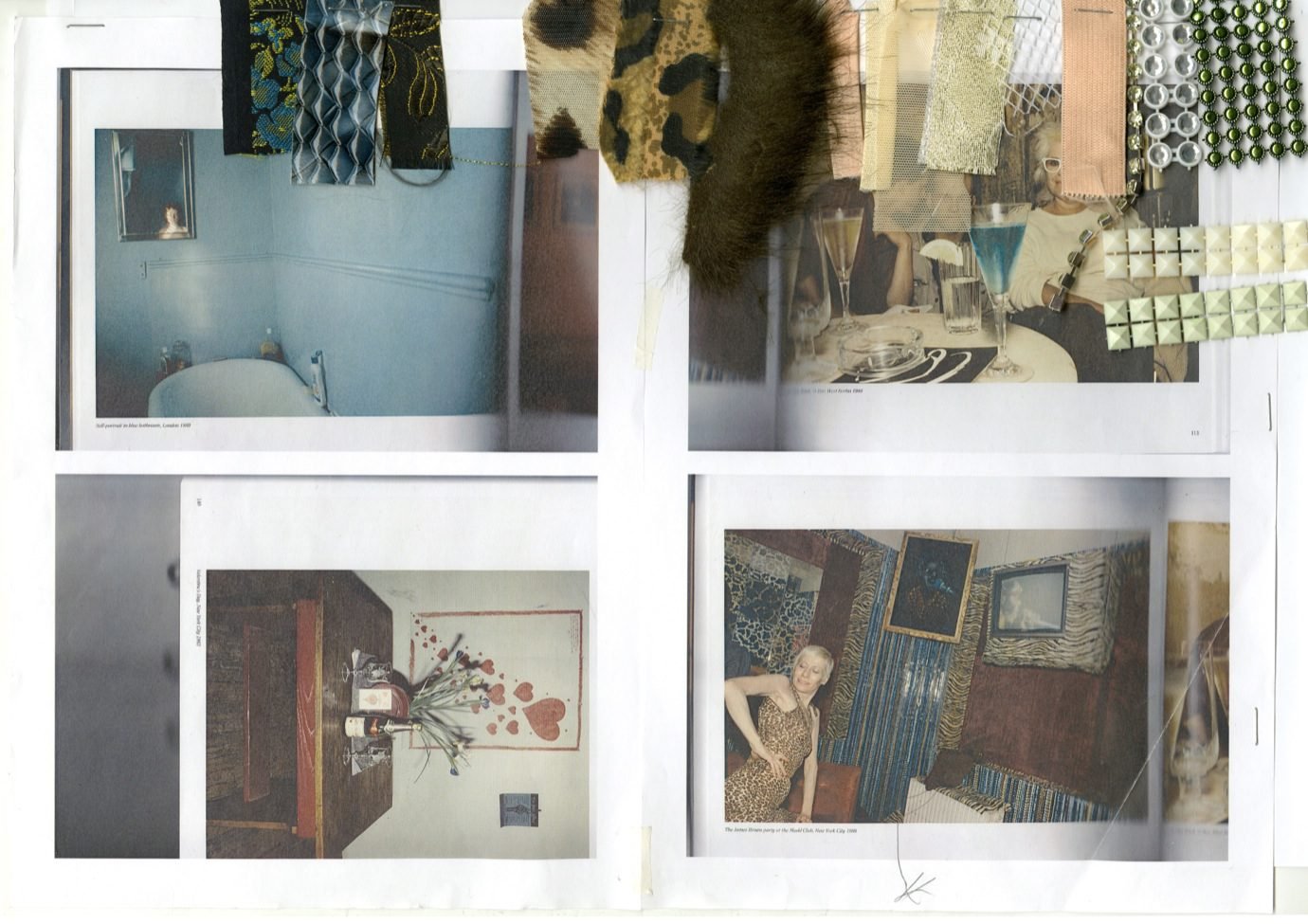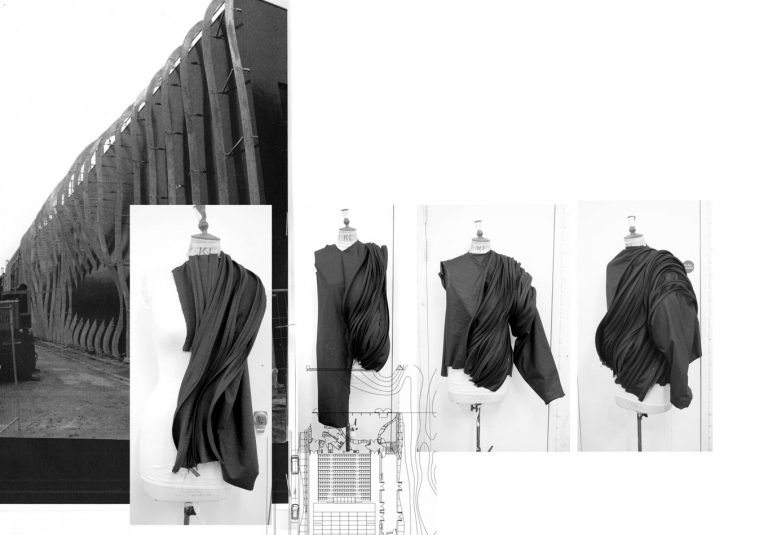Seohee finds direction in the moments she spends alone in her room: “I don’t like the feeling of belonging,” she tells me, “my room is where I can exist in an intimate mood, a state of mind that makes me feel like myself. We spend so much time in public, rather than alone, in a private room. The time we spend getting dressed is crucial to me. When we’re alone, we’re mostly dressing or undressing, and it’s a time I love, a time when I can fully focus on myself.” It was in these golden, personal moments of intimacy that the RCA graduate’s collection took shape.
Her research process centred on finding a pure, subjective material—something intangible and related to personal experience, something not found in books—that would give voice to the intimate encounters between our bodies and our clothes. Her primary visual references were a collection of photographs and videos taken of her mother changing in her closet in Seoul. “I captured every moment of my mother’s movement in her closet because I really wanted to explore the body engaged in an intimate and private zone. My aesthetic is focussed on a mature woman and my mother is my mature idol,” she reveals. “Mature women like my mother have accumulated a closet across the various stages and moments of their lives; I find it fascinating, I can see characteristics that an individual has amassed,” says the designer, continuing with: “My mother always wears stockings whenever she goes out to work, but the looks she wears in public are very different from what she wears at home. She likes clothes that are made from intimate, comfortable, fragile fabrics, like silk. At home, she dresses in a very feminine manner, but wears more tailored, masculine garments when she goes out. Through my collection, I really wanted to express the unclear boundaries between these two styles of dress.”









































